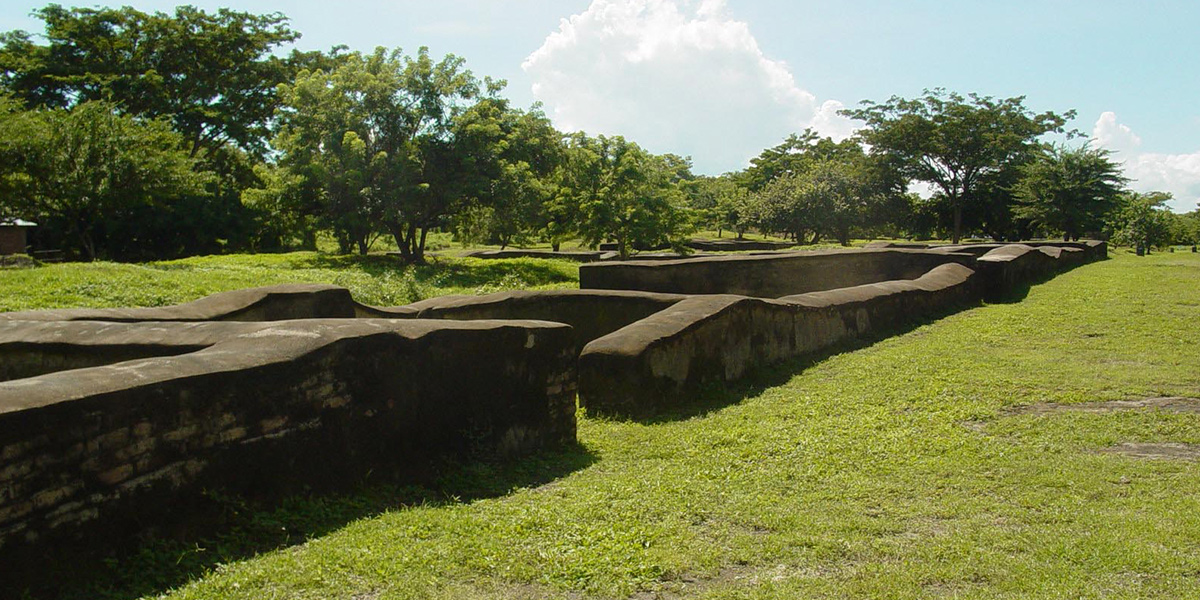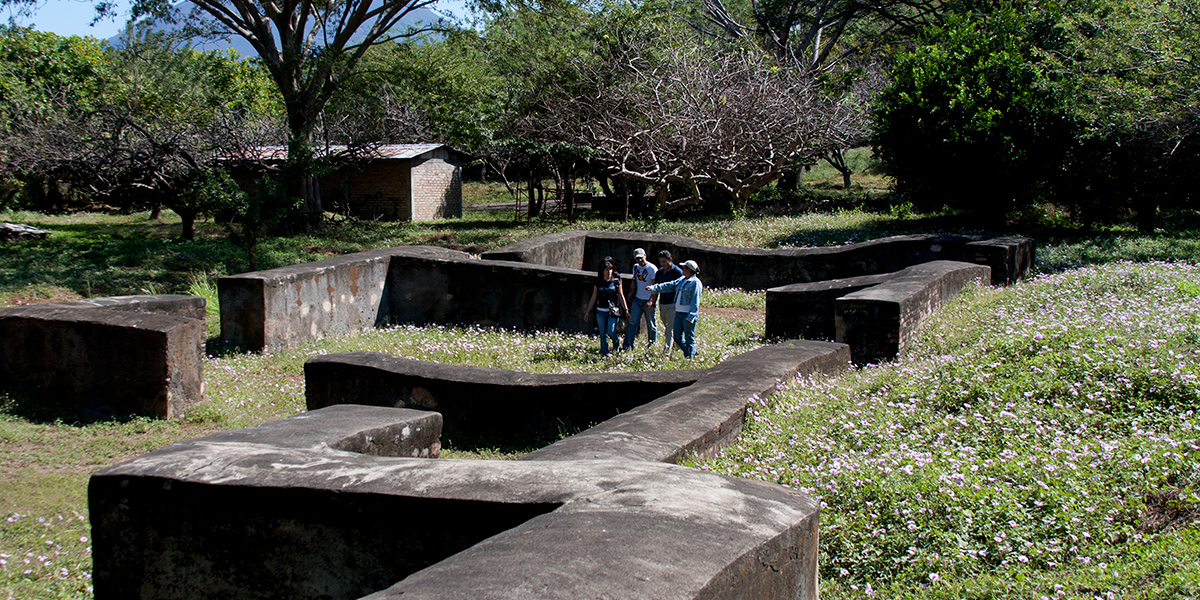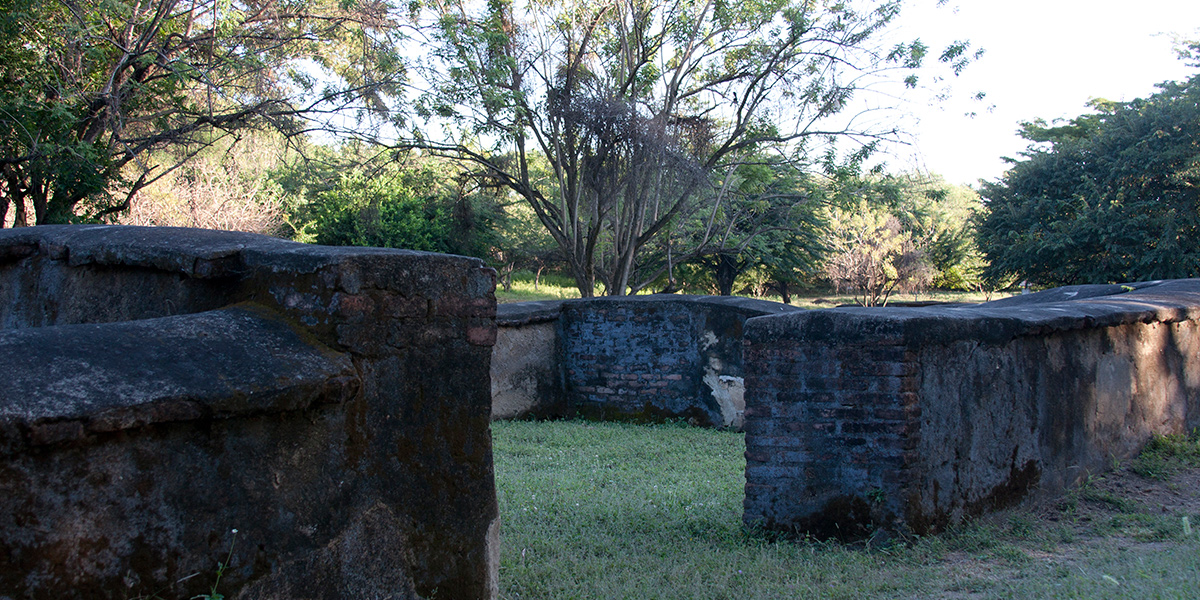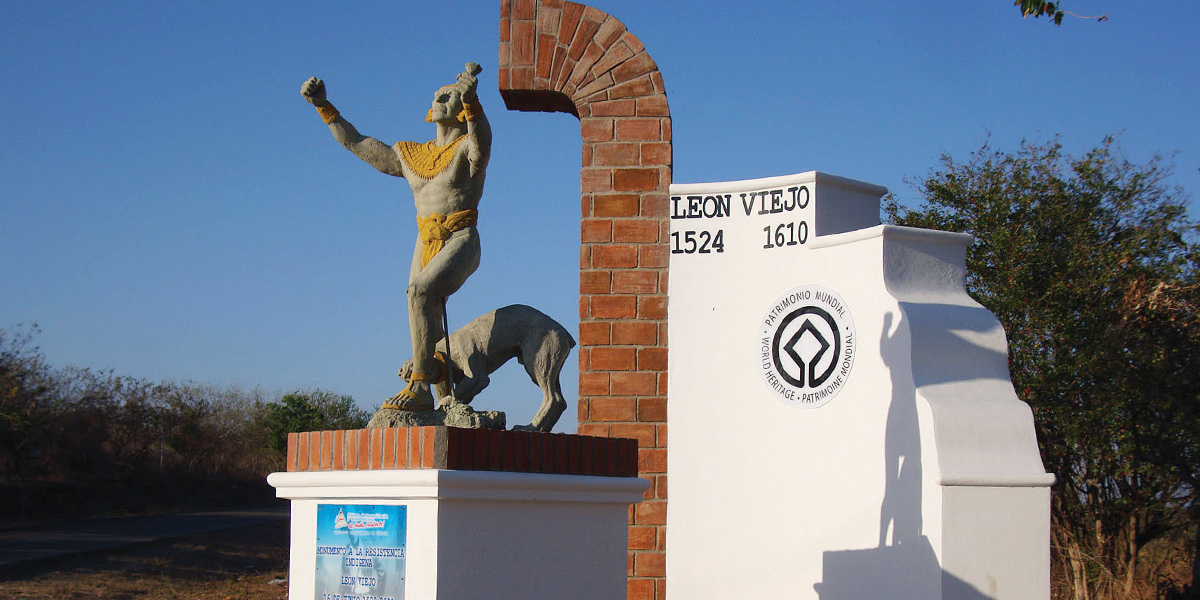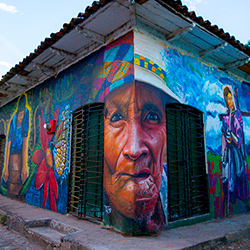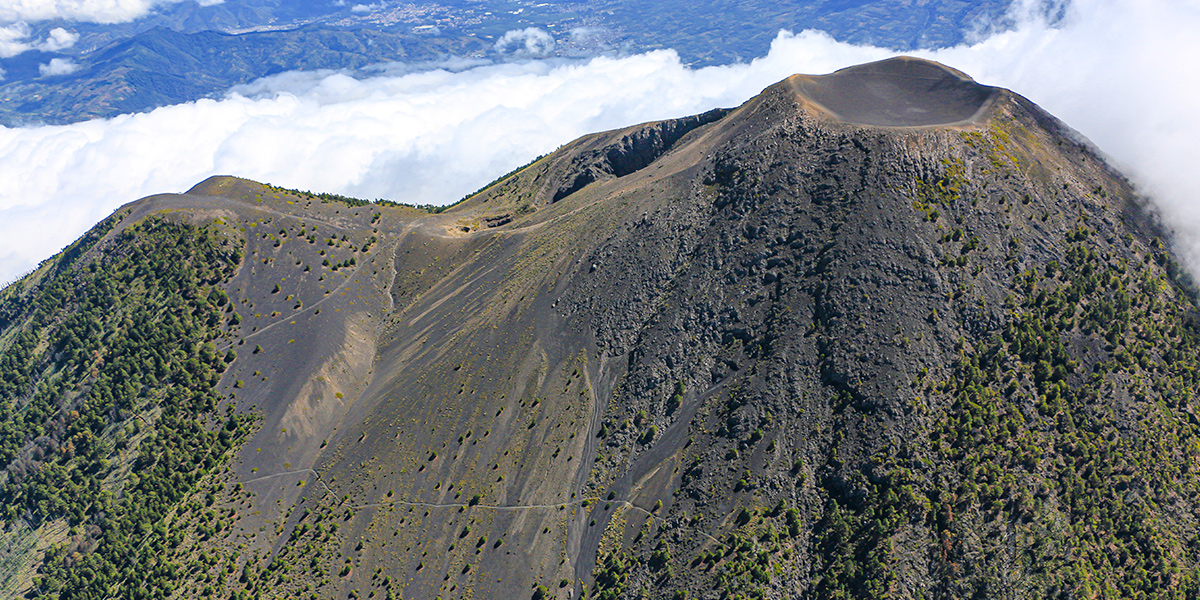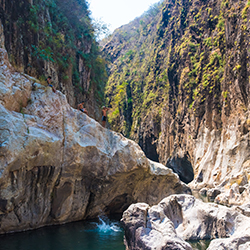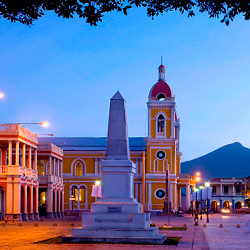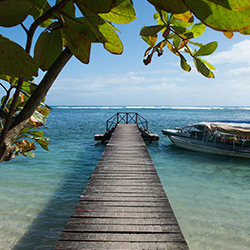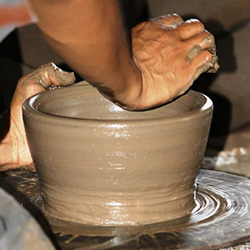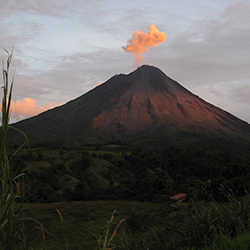ORIGINAL CITY OF LEÓN FOUNDED IN 1524
León Viejo, founded by the Spaniards in the year 1524, and declared by UNESCO as a Historical-Cultural World Heritage Site, is the first place to hold this title in Nicaragua. León Viejo is one of the oldest Spanish colonial settlements in the Americas, and is the place where the city of León was originally founded, located near the town of Puerto Momotombo, department of León. The ruins of this city, which never managed to develop, are outstanding testimony to the economic and social structures of the Spanish empire in the sixteenth century. The archaeological site includes all vestiges unearthed to date and the surrounding area.
León Viejo city was one of the first urban centers in the new world, and is the only one in Latin America that retains its original design. Similarly, in terms of rank and hierarchy, it was the main of the entire territory, having been the seat of the Provincial Colonial Government, custody of the Royal Fund, seat of the Province’s Diocese, and seat of the Cathedral of Santa María de la Gracia. This city is a living example of town planning and architecture of the sixteenth century. The ruins and their vestiges were originally discovered in 1931, and re-discovered in 1967 by researchers from the National Autonomous University of Nicaragua (UNAN-León) with clear public interest, and excavations begun the following year in search of historical vestiges. The excavations revealed that the city had a similar layout to almost all the cities of Hispanic America at that time, laid out on a grid system, with a main square located at its center.
Nowadays, León Viejo is a place of historical interest, where you can see the ruins of the ancient city, statues of characters of the time, restorations of some buildings, the Momotombo volcano and the Xolotlán Lake, as well as enjoy a guided tour that will transport to the past.
GEOPOSITION
Useful information - Don't leave anything
Contact information
Other websites:
OTHER PLACES OF INTEREST THAT MAY INTEREST YOU
OTHER WAYS TO LIVE CENTRAL AMERICA
RECOMMENDED TOURS

